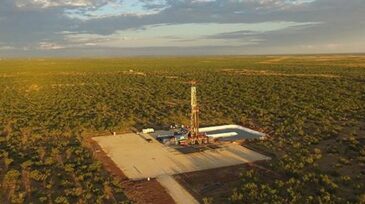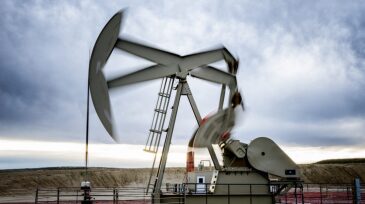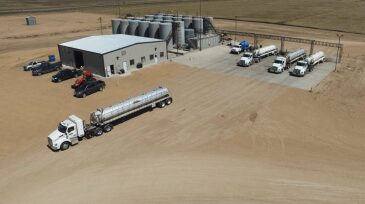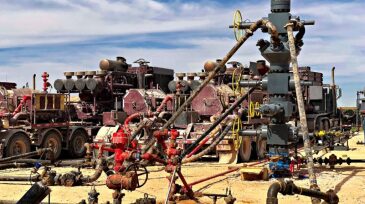Permian Basin
-
The deal sees H2O Midstream increase its produced water gathering network to more than 435,000 B/D of disposal capacity and 190 total miles of pipeline. The Permian water midstream company will add more than 40,000 B/D of recycling capacity with the option to double that capacity over time.
-
Researchers from the Federal Reserve Bank of Dallas quantified the economic impact of the US shale revolution for the first half of this decade.
-
Trafigura confirmed that it had begun shipments from the Permian to Corpus Christi via the pipeline, which has a 670,000-B/D capacity. Operator Plains All American announced last week that it had completed work on the pipeline.
-
In a filing with the US FERC, Plains All American Pipeline said it would begin charging shippers an additional fee on its Cactus II pipeline to offset higher construction costs incurred in the wake of US steel tariffs.
-
Despite reports to the contrary, Permian well productivity remains healthy, with average new production per well in the basin matching all-time highs, Rystad says. And the majors are now a main catalyst.
-
Findings from Kayrros suggest the average Permian well is both less productive and more expensive than reflected in public data.
-
Permian Basin operators and service companies met to discuss completions diagnostics, flowback strategies, water management, and artificial lift strategies.
-
The combined company will produce more than 100,000 BOE/D from the Permian Basin and Eagle Ford Shale and is switching its focus to “mega-pad” developments.
-
The Permian gets the lion’s share of attention when it comes to produced water, but other basins have a need to haul volumes off-site. How has the market changed in these areas recently? Is there a greater enthusiasm for pipelines, and can water midstream thrive?
-
First developed as a proprietary system by a large Permian Basin operator, this hydraulic fracturing schedule exchange will be run by a data company and opened up to the entire North American shale sector.










